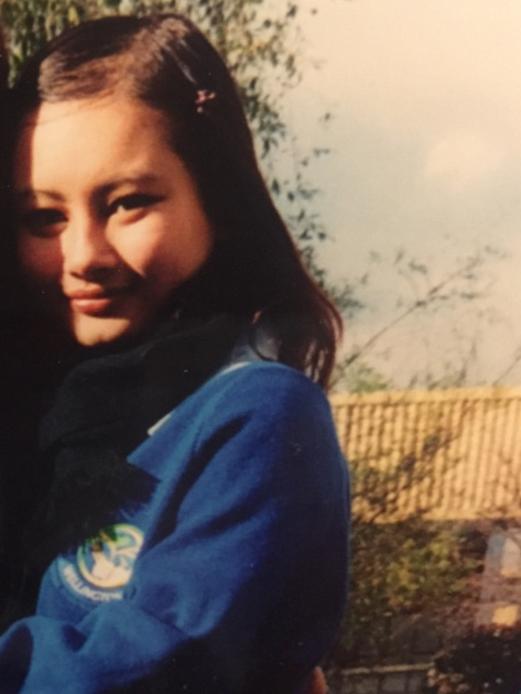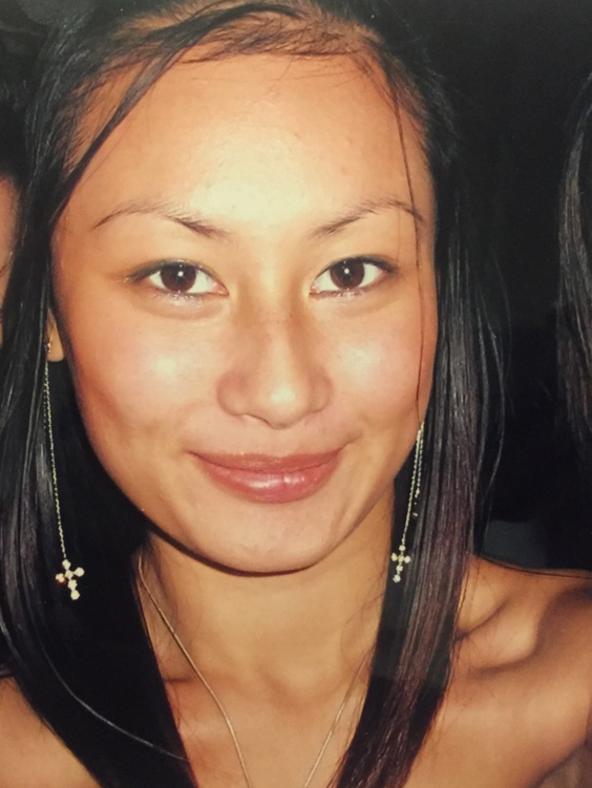Trichotillomania: The disorder where sufferers obsessively pull their hair
SINCE she was 13, Kelly had been unable to stop pulling out her own hair. And she’s not alone.

KELLY Inn first started pulling out her hair at age 13.
Sexually and physically abused as a child, she pulled out her hair as a way of dealing with the stress caused by the trauma.
“It started to become a game where I would pull and pull until I found a hair follicle. I wouldn’t be satisfied until I pulled out the whole hair. It had to happen. I didn’t realise until I had a bald patch that I’d gone too far,” Kelly, now 27, told news.com.au.
By age 25, the crown of her head was completely bald and it was taking her two hours to style her hair.
“I tried to hide it with headbands or I’d part my hair to the side and then tease it a little bit until the patch was covered. I just never went into the water, because the moment your hair gets wet you can see it straight away,” she said.
Kelly suffers from trichotillomania, an impulsive disorder where sufferers obsessively pull at their hair, eyebrows or eyelashes. While experts say they don’t know what causes the condition, it can be genetic.
It affects around two per cent of adults and usually starts around the of age of 11 to 13, according to clinical psychologist Dr Amy Talbot, who specialises in body focused repetitive behaviours like trichotillomania.


“It’s a kind of self-soothing behaviour, like kids who might suck their thumbs or adults who bite their nails,” Dr Talbot said.
We all have a system in our body that regulates different “arousal” levels. When we’re bored our arousal levels are low and when we’re excited or anxious they rise.
“Our body has to try and get back to our base level,” explained Dr Talbot. “But for people with these body focused repetitive behaviours, their system doesn’t work properly.
“When they experience anxiety the thumb sucking, nail biting, skin scratching or hair pulling helps get them back to that base level.”
There are two types of hair “pullers”.
Unfocused pulling happens without awareness, usually during a sedentary activity like watching television.
“They’re just pulling absent-mindedly and at the end of the hour all they see around them are hairs. It’s a habitual response that people don’t necessarily realise they’re engaging in,” Dr Talbot said.

Focused pullers do it as a way to relieve a specific anxiety. In these cases it’s about making them aware of when they feel anxious, and to introduce productive ways of working through that anxiety.
So, how is trichotillomania treated?
In addition to weekly sessions with a psychologist, Kelly had crown hair extensions inserted onto her scalp.
“We create a thin layer that mimics what the scalp looks like and we apply one strand of hair at a time onto that new scalp,” said Andrew Wilson from Transitions Hair, a hair-loss treatment service in Sydney and Adelaide.
“Ever four to six weeks I go in and have it reglued,” Kelly said. Her initial hair piece, which was made from human hair, cost $2500 and each maintenance visit costs between $80 and $150.
“They had the option of clipping [the new hair] onto my existing hair, or they could glue it on. I wanted to have no ability to pull, so I went with the glue. It was the best decision I made for my trich,” she said.
Kelly has now stopped pulling her hair and her bald spot has gone.

Dr Talbot says some people are able to stop pulling through a different kind of stimulation, like clasping their hands together, playing with a ball or playdough or brushing their hair.
Others need to create a physical barrier, so they wear gloves, hats, or glasses if they pick out their eyelashes.
But the hardest thing to treat is the shame associated with the disease. Kelly says she used to walk down the street and panic that people were looking at her hair.
“I was thinking, ‘Are they looking at the bald spot? Have I hidden it well enough?’ It’s such a lonely experience to go through. Knowing there’s a solution is really comforting”
“The main difficulty isn’t the damage to the body, it’s the damage done to your self esteem,” said Dr Talbot. “It’s about being able to feel confident in yourself again.”

